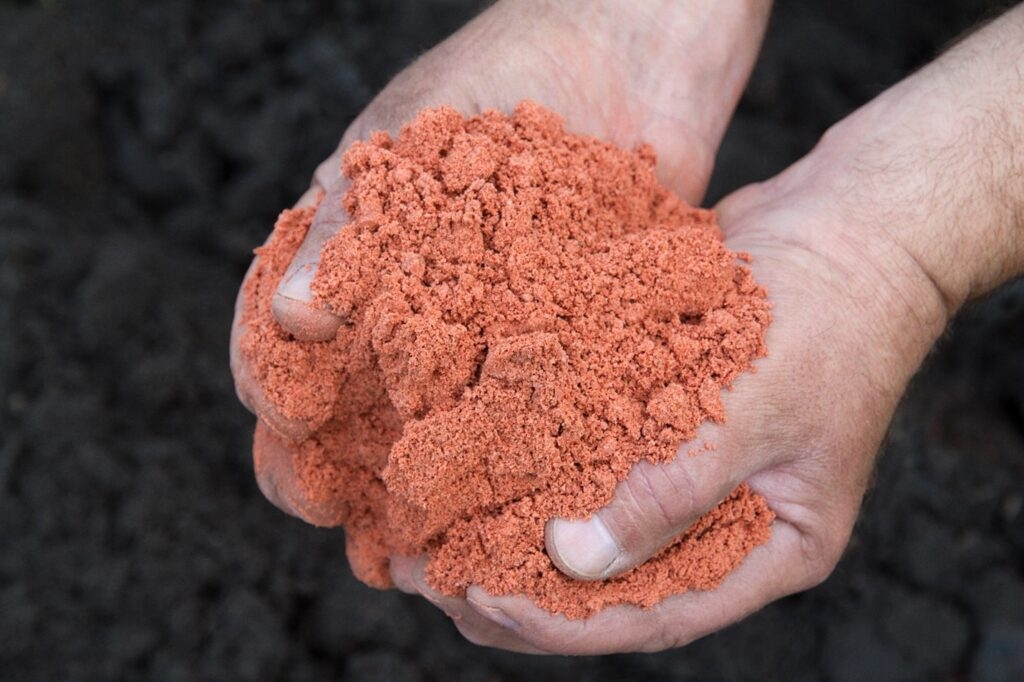Composition and Forms of Potash
Potash, also known as potassium, is one of the three primary macronutrients essential for plant growth. It is present in potash fertilizers mainly in the form of potash salts such as potassium chloride, potassium sulfate, and potassium nitrate. Potassium exists in plant and soil primarily in the ionic form (K+). Of the total potassium present in the soil, only a small fraction is available for uptake by plant roots.
Potassium plays a critical role in numerous physiological processes within plants such as photosynthesis, translocation of sugars, enzyme activation, protein synthesis, and starch formation. It helps strengthen plant cell walls, improves disease and pest resistance, regulates water utilization, and aids winter hardiness. Potassium is absorbed by plant roots through an active transport mechanism and moves through xylem vessels upwards.
Importance of Potassium in Crop Production
Potash Fertilizers as a direct impact on crop yield as it increases the size and number of fruits, tubers, bolls, and grains. Potassium facilitates efficient utilization of nitrogen and ensures normal plant metabolism. Optimum potassium levels in soil are essential for obtaining higher yields of various field crops, vegetables, fruits, and plantations. Potassium deficiencies lead to reduced photosynthesis, delayed ripening, poor fruit quality, lodging of crops, and hampered uptake of other nutrients.
In cereal crops like wheat, rice, maize, and sorghum, adequate potassium boosts tillering, increases starch and protein content of grains, and supports translocation of sugars from source to sink. In potato, it enhances tuber initiation and size. Potassium supplementation is crucial for sugar cane, oilseeds, cotton, and tea as it elevates brix, oil content, fibre quality, and leaf size respectively. In vegetable crops, it promotes plant growth, improves tolerance to biotic and abiotic stresses, and extends post-harvest shelf life.
Get more insights on - Potash Fertilizers



